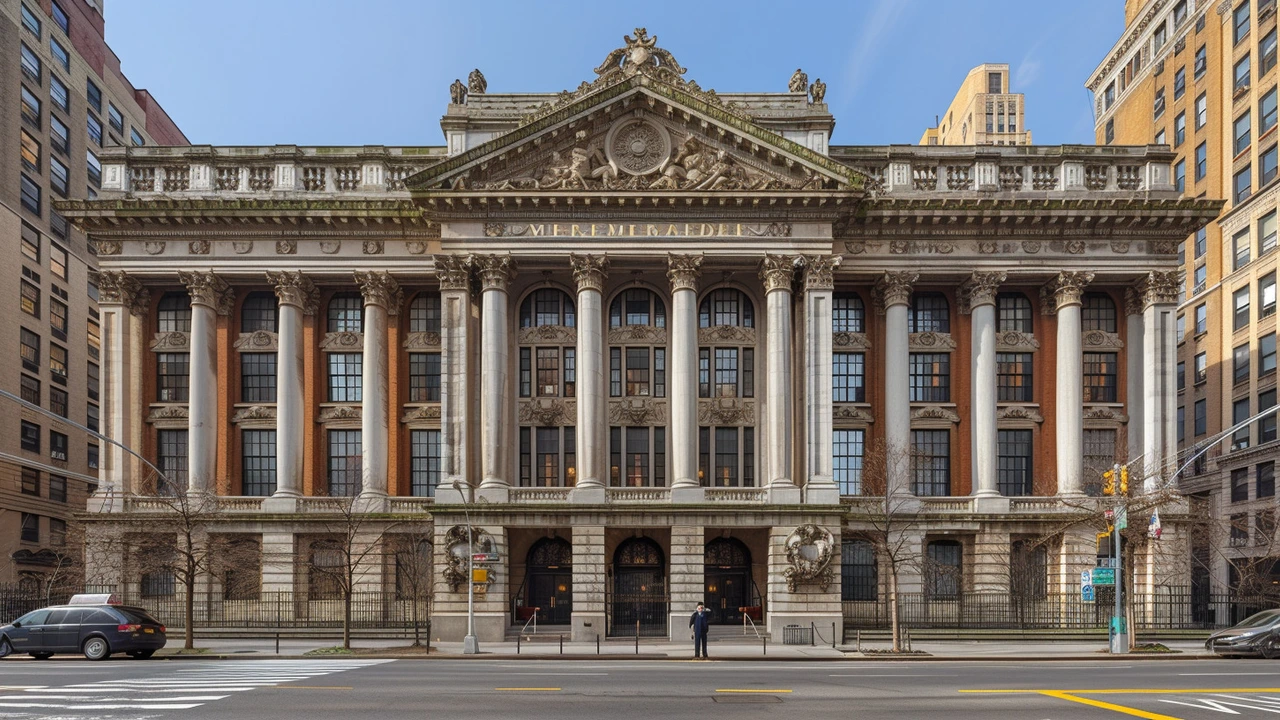Hi there! Today, we're exploring an exciting topic - the art of Federal Architecture. This comprehensive guide dives into the intricacies of mastering this architectural style that has been a pillar in American history. We'll uncover techniques, design principles, and small nuances that truly capture the essence of Federal Architecture. Join me on this architectural journey and let's demystify the beauty of these classic developments together.
Art Mastering: Learn to Read Buildings Like a Designer
One building can teach you more about art than a semester of lectures. Want to actually master the art side of architecture? Start by learning to see details, patterns, and choices—then practice making them, not just memorizing names. This page gives clear, useful steps to study styles, build skills, and turn what you love into better designs.
Start with focused study. Pick one style at a time—Renaissance, Beaux-Arts, Greek Revival, or High-Tech—and spend a week on it. Read a short article, look at 10 photos, and note three features that repeat: column types, window shapes, materials, or ornament rhythms. For example, spot the dome proportions in Renaissance pieces or the exposed steel and glass in High-Tech works. Learning this way connects the visual language to how buildings actually work.
Practice seeing like a maker. Carry a phone or small notebook. When you visit a building, don’t just admire it—measure a doorway with your eye, trace a cornice in a quick sketch, photograph one repeated detail. These tiny exercises train your eye to recognize rules behind beauty. Try copying a detail at actual scale on paper; it teaches proportion and construction better than any textbook.
Turn observation into design moves
Once you can read styles, translate that into design choices. Ask: what structure, rhythm, or material will express the idea? Use Beaux-Arts principles—symmetry and grand axes—when you want formality. Use Bauhaus ideas—simple shapes and honest materials—when function must look confident. Mix carefully: a Neo-Futurist curve can sit beside a brick Georgian wall, but only if you match scale and rhythm so the two speak to each other, not shout.
Keep experiments small. Design a façade study, a single room, or a pavilion. Limit yourself to three materials and two main shapes. This forced simplicity exposes whether your art choices are deliberate or just decorative. Test ideas in quick models or render sketches, then iterate. Small projects build a portfolio faster than endless theory.
Daily routine to get better fast
Make a weekly habit: one style study, two sketches, one photo analysis, and one mini-design. Use online resources and short pieces about specific styles—Constructivist bold forms, Mediterranean Revival textures, or Roman arches—to keep examples varied. Visit a local building once a month and write a short note on what worked and what felt forced. Over time, your vocabulary of forms and materials becomes a practical toolkit you can pull into real projects.
Finally, collect your work. A simple portfolio of sketches, photos with short notes, and three micro-projects shows growth and taste. Employers and clients want to see thinking, not just pretty pictures. Show why you chose each detail and what problem it solved. That’s mastering art in architecture: clear choices, practiced skills, and designs that actually work.

